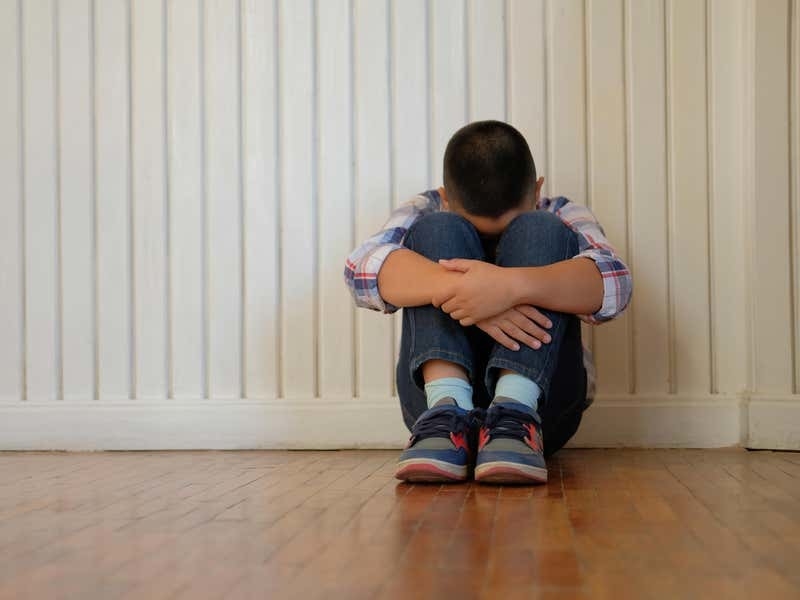The number of children aged 10 and under needing medical treatment due to violence rose by nearly 80% last year, research suggests.
A report on data from 88 emergency departments in England and Wales, around a quarter of the total, suggested that the number of cases involving children aged zero to 10 rose by 79.6% in 2022 compared with the previous year.
There were an estimated 2,766 cases in 2022, compared with 1,540 in 2021, the researchers from Cardiff University’s Violence Research Group found.
In total an estimated 164,723 people attended accident and emergency, minor injury units or walk-in centres in England and Wales for treatment of injuries sustained in violence, up 17,867 or 12% on 2021.
The total figure remains just below pre-pandemic levels, still 6.2% down on the 175,764 cases dealt with in 2019.
But serious violence among victims aged 31 to 50 rose by 10% last year and outstripped 2019 levels, the only age group to rise above pre-pandemic figures.
Violence was much more common at weekends after people had gone out on Friday and Saturday nights, the researchers found, and also rose during May and July.
Men were more than twice as likely as women to need treatment for injuries, and in terms of age those aged between 18 and 30 were most at risk, followed by 31 to 50-year-olds.
The longer term trend is of a steady decrease in serious violence, according to hospital and Crime Survey data.
In 2012 the number of people needing emergency medical treatment for injuries caused by violence was 267,291, and the figure has steadily decreased since.
There was a marked drop when Covid-19 restrictions were brought in, going from 175,764 people treated in 2019 to 119,111 in 2020.
Co-author of the report Professor Jonathan Shepherd said: “The most important message from the Covid-19 era as far as violence is concerned is that it can be prevented. Violence is not inevitable.
“Redoubling and targeting prevention efforts will reduce its burdens on citizens, families and across public services, not least on costly, hard-pressed hospital emergency departments.”






